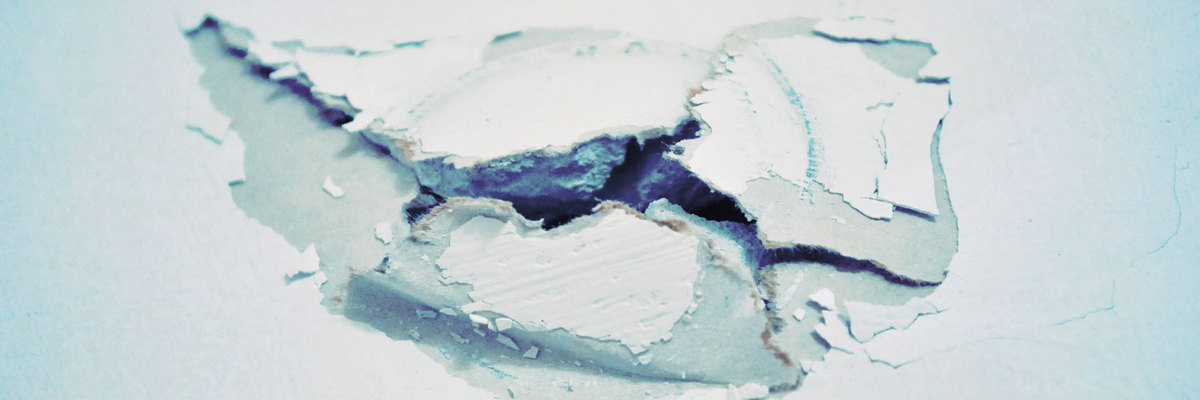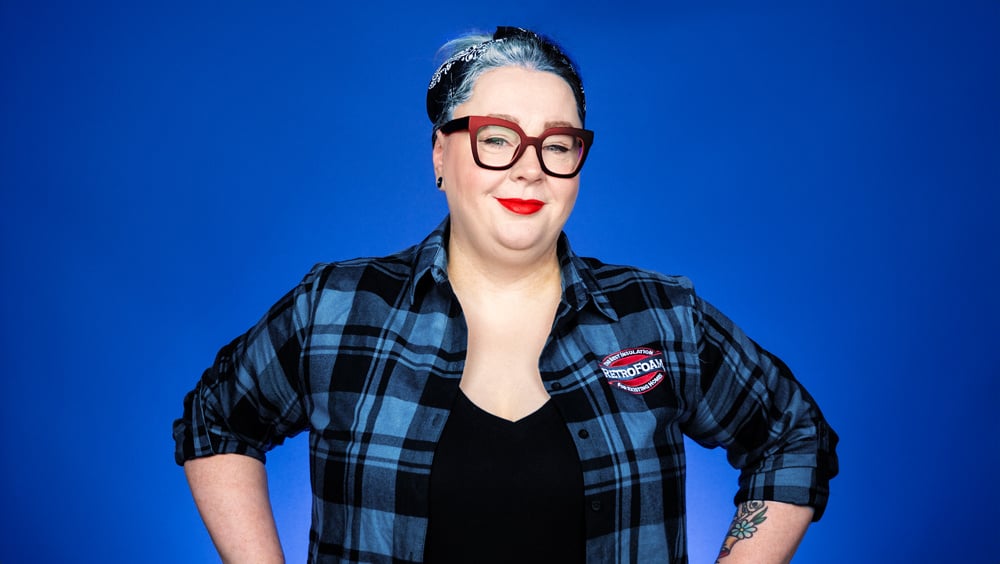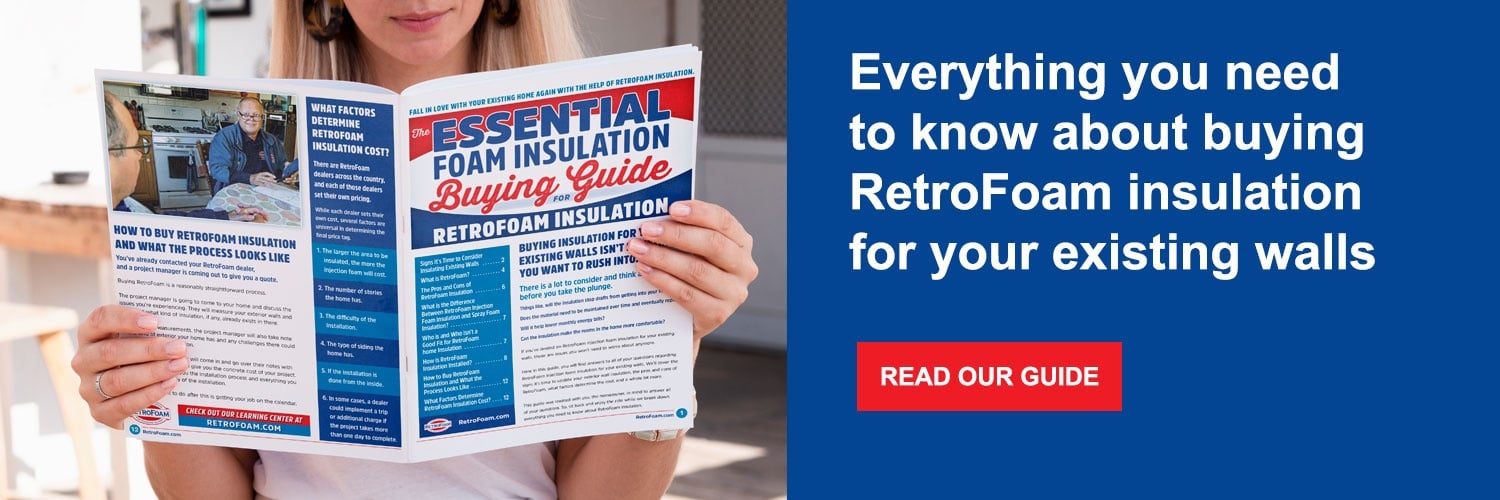Will RetroFoam Insulation Installation Cause Drywall to Crack or Bow?
injection foam insulation | RetroFoam insulation | home insulation problems | FAQs


Can the Interior Drywall Pop, Crack, or Bow During RetroFoam Installation? (Quick Answer)
While it is rare, this can happen. If this is one of your concerns, make sure to address it with your RetroFoam dealer to be on the same page about what will be done if any damage to the drywall were to happen.
Now let’s talk about why this happens.
It’s the worst-case scenario, but you’ve heard of injection foam insulation damaging drywall during installation.
This is a concern many homeowners have when they decide to have RetroFoam injection foam insulation in their existing walls.
There are a few variables that can lead to the drywall bowing or even cracking. The thing is, these variables don’t have anything to do with the foam itself.
We want to make sure we ease the fears of homeowners who are considering RetroFoam insulation. As part of that mission, here you’ll find information on whether RetroFoam will damage your drywall and how it’s fixed if the worst happens.
Can RetroFoam Injection Foam Insulation Damage Drywall?
Honestly, there is the potential for injection foam insulation to damage the drywall.
Human error can cause this damage if the cavity is overfilled. An experienced RetroFoam dealer knows how to avoid this through special training that helps them know when the wall cavity is full.
A common misconception is that RetroFoam expands like spray foam, but that’s not the case. The pressure of the foam being injected is a factor, but not the cause.
Around 90 percent of the time when drywall cracks or bows during injection foam installation is because that drywall wasn’t installed correctly or there has been previous damage.
If the drywall is only glued to the studs, it will probably push out when the foam is injected. The pressure of the RetroFoam being installed can cause this to happen.
Another thing that can cause drywall damage during installation is if the studs aren’t universally on center. Usually, studs are 16-inches on center, meaning there should be 16-inches from the center of one stud to the center of the next.
When this is done correctly, the drywall is hung center to center. If the drywall isn’t hung in this way, then there is a large drywall section with no support. When there isn’t support, it’s a higher chance the drywall will bow or crack.
If the drywall has previous moisture damage, then it will be weaker in the spots where the water came into contact with it.
The drywall will also be weaker in any spots where it has been repaired or patched if it wasn’t done correctly.
These are the main reasons your drywall may bow or crack during the RetroFoam insulation installation.
How to Repair Drywall After Injecting Foam Insulation into Existing Walls
If your existing walls do crack or bow, they can be fixed.
Typically, an anchored board is placed across the drywall into the studs if the wall bows out. This will push the drywall back into place, and your contractor can re-secure and anchor it into place.
If the drywall cracks, the same process is used, and a patch of mud is applied.
RetroFoam Injection Foam Insulation in Existing Walls
While it is rare, RetroFoam home insulation can bow and crack drywall depending on the factors we discussed during the installation.
Talk with your local RetroFoam dealer to determine what they do if this were to happen and identify any of those weak spots we discussed.
If you want to clear up more misconceptions about foam insulation and learn all things RetroFoam, check out the Learning Center on our website.
Related Articles
What is the Difference Between RetroFoam Injection Foam and Spray Foam Insulation?
How Do RetroFoam Installers Know the Cavity is Full When Insulating Existing Walls?
About Amanda Emery
Amanda previously has worked as a breaking news and crime reporter, TV news producer, and editor. As a journalist, she has won several awards from The Society of Professional Journalists - Detroit Chapter and the Michigan Press Association. Amanda uses her experience as a journalist to write content that will help educate homeowners on foam insulation benefits. When Amanda isn’t writing, she’s spending time with her husband Chris, daughter Lilith-Maeve, and rescued huskies Danger and Wendigo. She also loves knitting, making art, and cooking.


